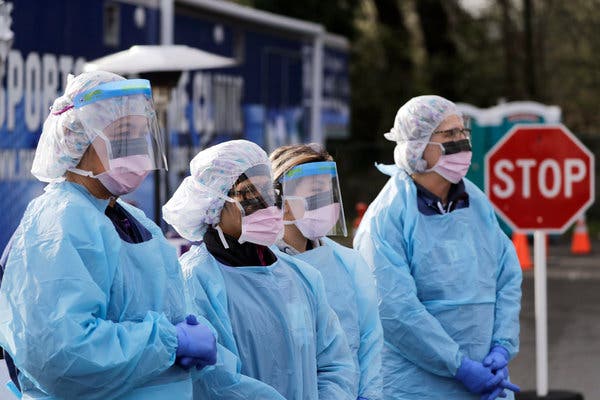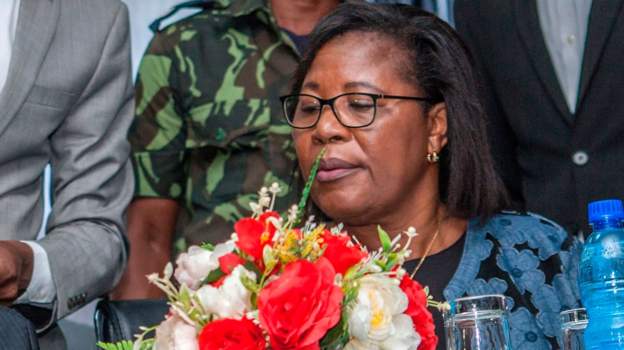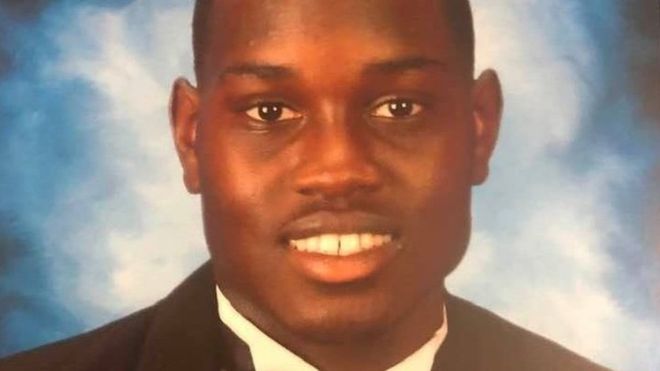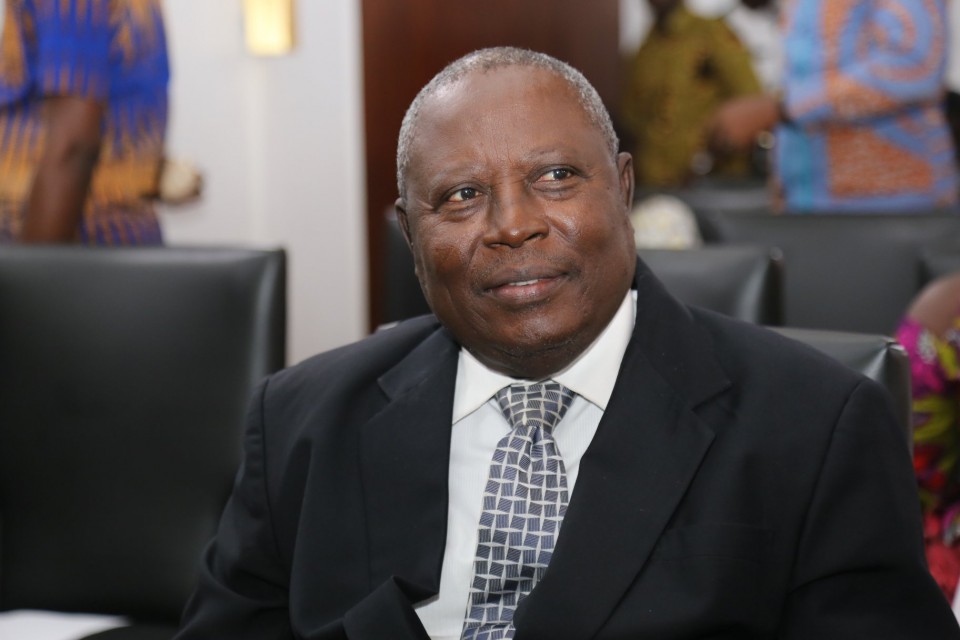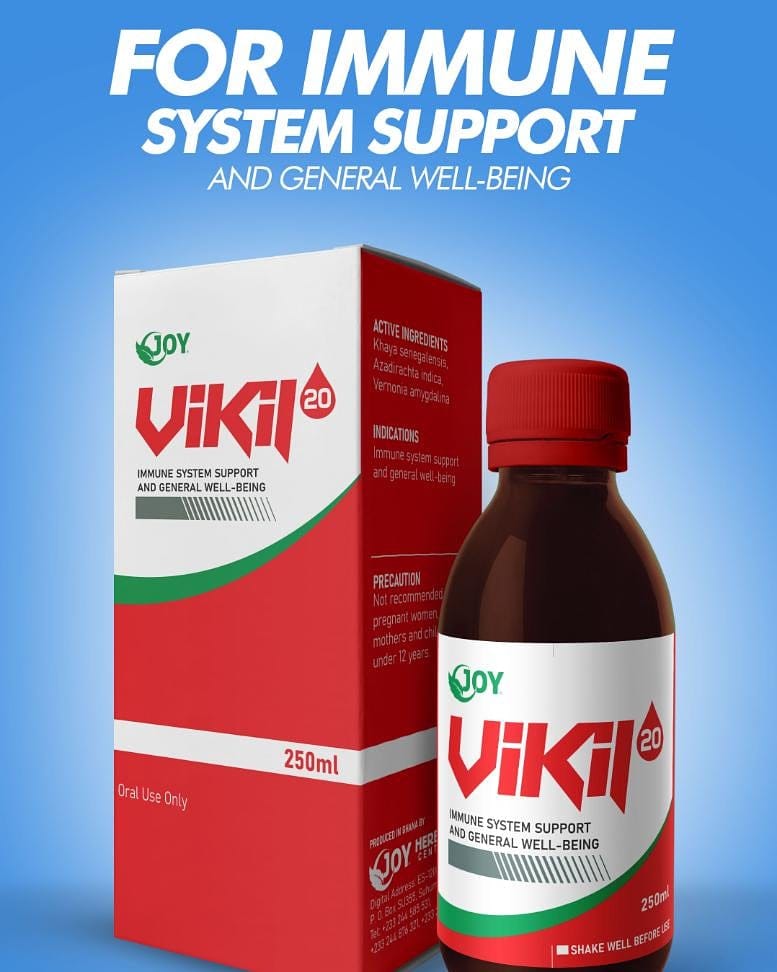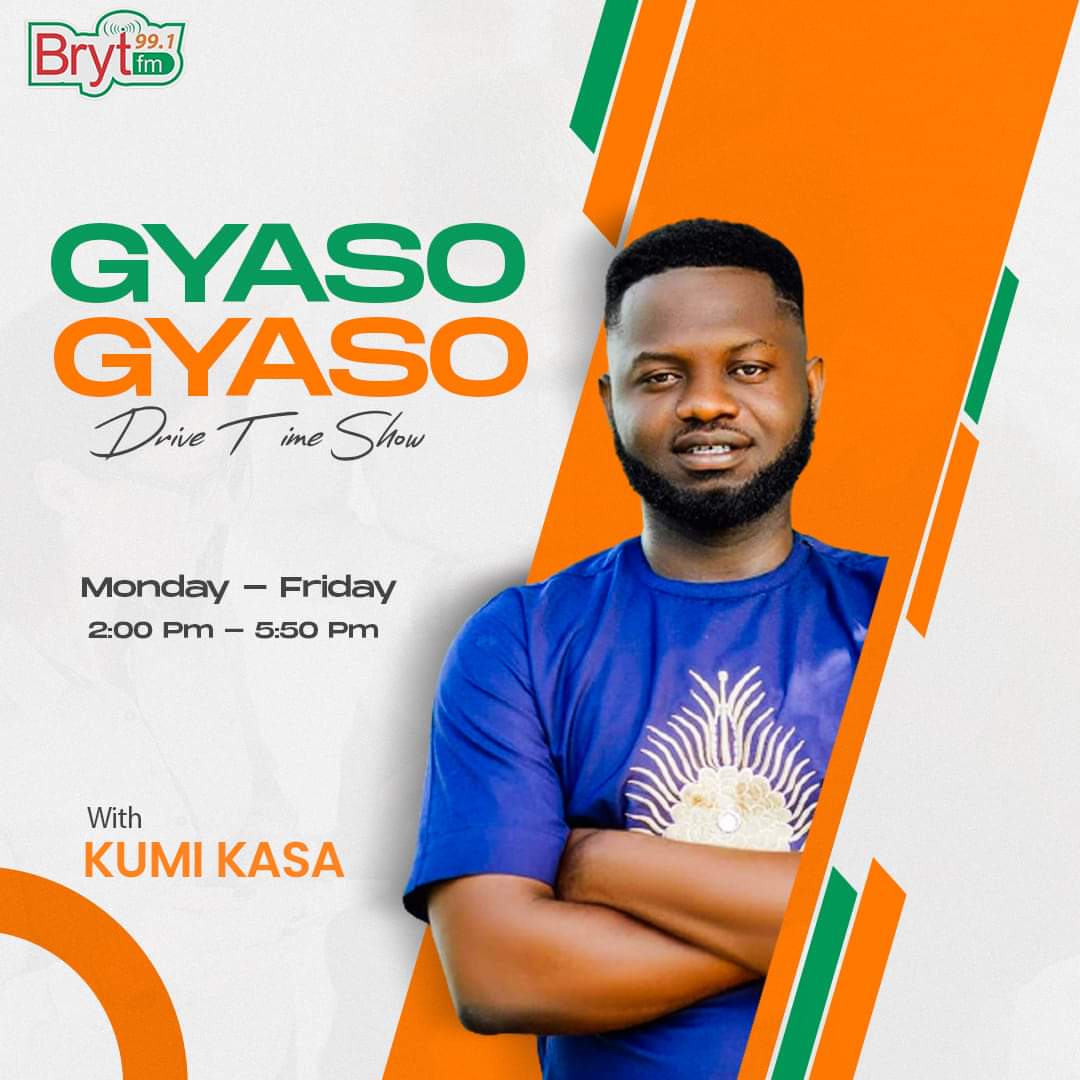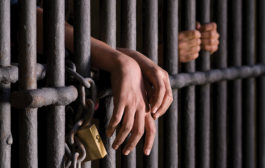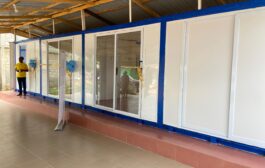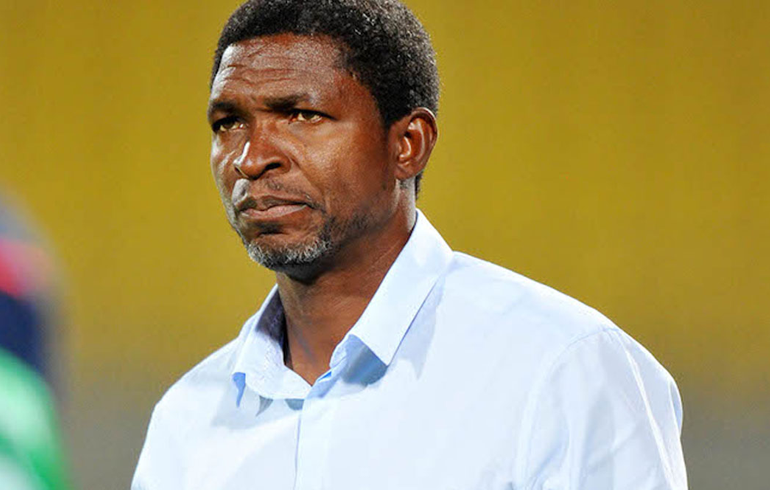Eric Colts is a bus driver for the city of Detroit who lost his best friend, fellow bus driver Jason Hargrove, to COVID-19 on March 31 – just 10 days after a rider was coughing on his bus.
“That Jason was in the hospital alone and just the pain of knowing that he had no one around him, is what’s really hurting his family and myself and also his fellow co-workers,” Colts told a United States House of Representatives panel on Thursday, describing the fear he faces going to work every day.
“The reason that I’m really afraid is the simple fact that I go to a stop, not knowing who’s going to be at that actual stop. I don’t know who they’ve been in contact with. I don’t know if they have the virus themselves,” Colts told the House Select Subcommittee on the Coronavirus Crisis.
Hargrove was one of as many as 200 transit workers in the US – according to union estimates – who have been killed by the coronavirus, putting a human face on the risks faced by all essential workers in the US at the moment. At least 65 grocery workers have died, and more than have been 9,000 infected. More than 100 nurses have died.
“My own hospital system had been preparing for the pandemic since the novel coronavirus was first reported,” said Dr Megan Ranney, an emergency physician in Providence, Rhode Island.
“We’ve done our best to build up stores of masks and gowns, but by mid-March the number of sick patients coming through our doors started to skyrocket. Our PPE [personal protective equipment] burn rate – the number of masks and gowns and gloves that we use each day – had gone through the roof,” Ranney said.
“We were running out of essential protective gear, and there was no more to be had,” she said.
The rush of COVID-19 patients overwhelmed the hospital. Basic supplies and medicines ran low. Critically sick patients were crowded into every available ward. Ethical dilemmas about who to save and who to let die took an emotional toll. Under the stress, one of Ranney’s emergency room colleagues committed suicide.
Talisa Hardin, a nurse in Chicago, described the shortage of PPE at her hospital.
“The percentage of patients who eventually test positive is very high, but our hospital management has consistently refused to give nurses in my unit the protections that we need to avoid exposure and infection,” Hardin said.
“Before the pandemic nurses could access PPE from a supply room. When the pandemic hit, management took all of the supplies out of the room,” she said.
Nurses nationwide have been protesting a lack of proper protective equipment and demanding that the US Occupational Safety and Health Administration issue an emergency order requiring hospitals to supply PPE.
Ambulance drivers and emergency medical technicians face similar hazards.
“We are now responding to calls for about six to 10 cardiac arrests in an eight-hour tour,” said Diana Wilson, an EMT with the New York City Fire Department.
“Despite our best efforts to save lives, we are finding patients dead in their homes, sometimes even in their cars. This pandemic is dire,” she said.
Marcos Aranda, a janitor, counts himself lucky as a union member. He gets paid sick days off. Many janitors do not, and they are forced to keep going to work without PPE.
“Janitors don’t have the option of working from home, and many janitors don’t have paid sick leave. They stay home; they don’t get paid,” Aranda said.
Zenobia Shepherd is the mother of a grocery clerk, Leilani Jordan, who died in Maryland. Jordan was disabled with cerebral palsy, but worked at a supermarket helping older people with their groceries.
“She was a butterfly; I call her my purple butterfly. She went to work to help – regardless if it was helping the seniors to get what they needed to get help the seniors to get to and from their baskets, [or] whatever the case may be.
“Why couldn’t a simple PPE be provided to the grocery store workers?” Jordan’s mother asked.
SOURCE: AL JAZEERA



